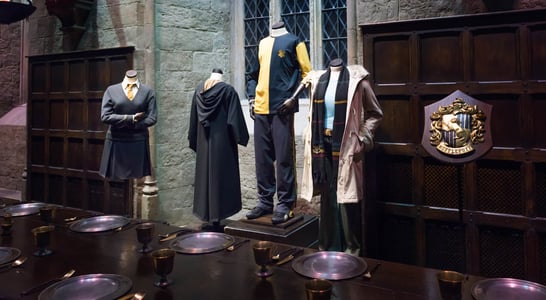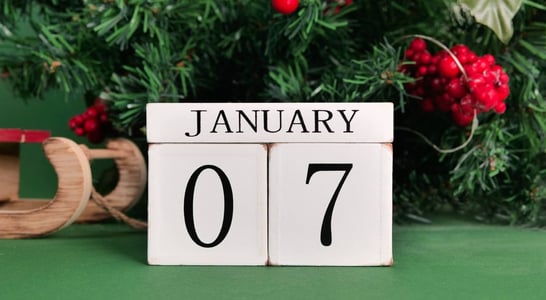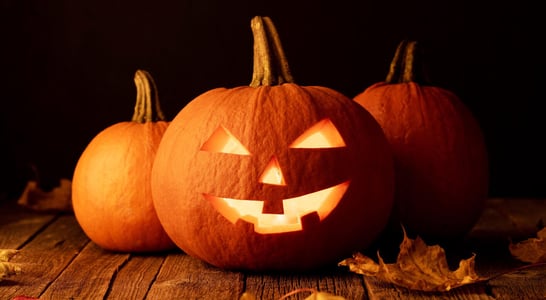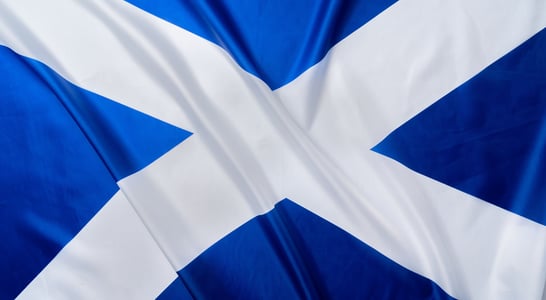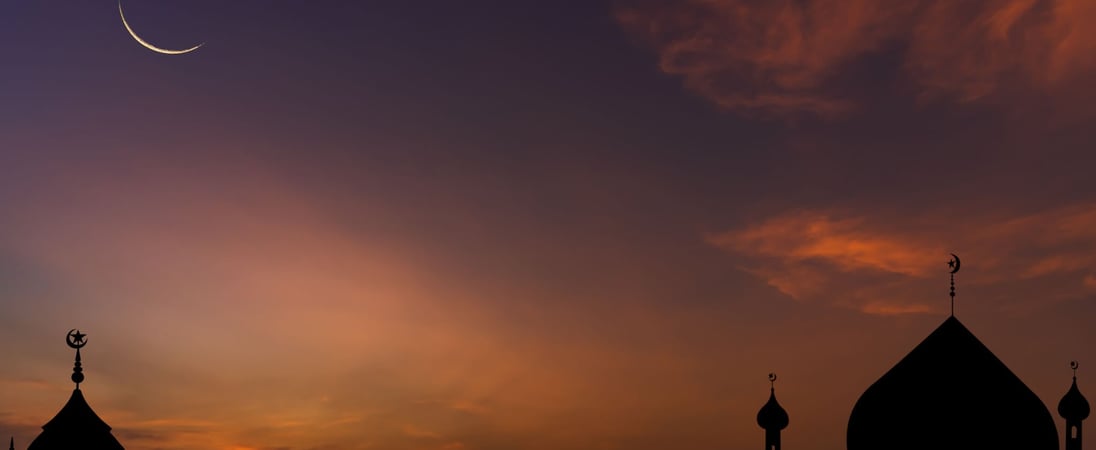
Eid al-Fitr
Marking the end of fasting, celebrations fill the air with joy, unity, and the richness of diverse cultural traditions.
With a history dating back around 1400 years, Eid al-Fitr is a time that is worth remembering and learning more about. This day, celebrated by the people of the Islam faith, marks the end of Ramadan which is the holy month of fasting. In celebration of this day, Muslims all over the world will participate through special prayers as well as rituals that take place at the mosque. Following the prayers, many participants will visit their friends and family members, often holding large parties in homes or community spaces.
History of Eid al-Fitr
The origins of this day were started by the Islam’s prophet, Muhammed, who may have begun them after his migration from Mecca to Medina. Eid al-Fitr is one of two festive days (the other is called Eid al-Adha) that were initiated by Muhammed as days of recreation and merriment, though not all Muslims celebrate both of these days. The name Eid al-Fitr is the Arabic language name for this event, but all around the world, this day can have different names. In English there may be some people call this day Lesser Eid or even simply refer to it as Eid.
Because the day is based on the Islamic calendar (and the lunar calendar) instead of the Gregorian calendar, the date changes every year. Those who celebrate Eid al-Fitr in a traditional manner may consider the event to begin at sunset on the evening of the first sighting of the crescent moon. But most people start their celebrations in the morning with prayers and then parties.
Depending on the place where the event takes place, Eid al-Fitr may be celebrated for only one day or it may go on for up to three days. Some schools or government offices may be closed in celebration of this day, and many people like to give a donation to charity as part of their celebration.
How to Celebrate Eid al-Fitr
Learn more about and show respect for the traditions of the Islam religion by connecting with Eid al-Fitr.
Attend Eid al-Fitr Prayer Gatherings
One way that practicing Muslims can celebrate this religious day is to attend the prayer gatherings that take place in their local mosque. This may vary based on the location, as some imams prefer to recite the prayers and some will also offer a sermon that includes a call to rituals of forgiveness, mercy, peace and blessings. Those who are not Muslim can learn more about this by inquiring with a friend or learning by reading books found at a bookstore or the local library.
Host an Eid al-Fitr Meal
Following the month-long daytime fast of Ramadan, many people like to host a large meal that will feel like a feast. Participants often dress in their best clothes and break their fast just after the rising of the sun. Ahead of time, be sure to decorate the place where the festivities will be held, with various lights, flower arrangements, candles and Ramadan lanterns. Many people, whether or not they are hosting an event in their home, like to decorate their doors with floral wreaths as a sign of welcome.
Also on ...
View all holidaysWon’t You Be My Neighbor Day
Fred Rogers, beloved host of Mister Rogers' Neighborhood, taught us to be kind and empathetic, and his legacy continues to inspire and brighten the world.
International Day of Happiness
Finding joy in the little moments, and appreciating life's simple pleasures are key ingredients to a fulfilling life.
Hufflepuff Pride Day
The Hogwarts house known for its loyalty and hard work has a badger as its symbol, yellow and black colors, and a great sense of community!
World Storytelling Day
Weaving magical tales, captivating listeners with every word, transporting them to new worlds - it's a skill that has been cherished for centuries.
We think you may also like...
National Take Down the Christmas Tree Day
Time to finally bid farewell to the Christmas tree — undecorating can be bittersweet, but memories of the holiday season will last all year.
Orthodox Christmas Day
Orthodox Christians commemorate the birth of Jesus Christ with customs varying across different cultures and countries.
Halloween
Get ready for a spooky good time this Halloween! Dress up in your favorite costume and indulge in sweet treats, creepy decorations, and thrilling scares. Don't miss out on the fun!
St. Andrew’s Day
Celebrated for his kindness and valor, the patron saint of Scotland's legacy lives on through the Scottish flag and the country's traditions.


